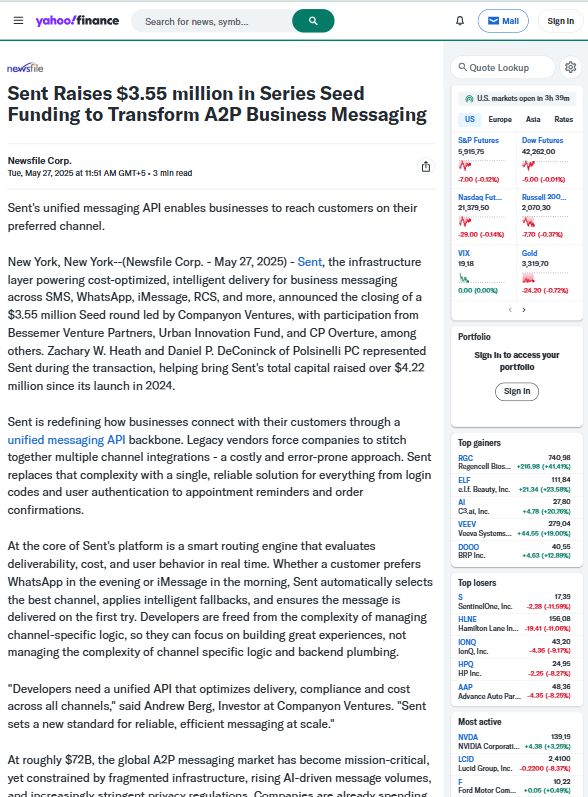In the ever-evolving global economy, the term APAC market full form has become increasingly significant for businesses, investors, and analysts alike. APAC stands for Asia-Pacific, representing a vast and diverse region that includes countries in East Asia, South Asia, Southeast Asia, and Oceania. Understanding the APAC market full form is crucial for companies looking to expand internationally, as this region is home to some of the fastest-growing economies in the world.
Businesses seeking new growth avenues must first grasp the meaning and implications of the APAC market. It is not just a geographic term but a strategic identifier that highlights markets with immense potential, dynamic consumer behavior, and unique cultural and regulatory landscapes.
Table of Contents
What Does APAC Market Full Form Signify?
The APAC market full form represents more than a simple abbreviation. It encompasses:
- Economic Diversity: Countries in the APAC region range from highly industrialized nations like Japan and South Korea to emerging markets like Vietnam and the Philippines.
- Population Advantage: APAC is home to more than 4.5 billion people, making it the most populous region globally, offering vast consumer markets.
- Strategic Importance: Many multinational corporations prioritize APAC due to its strategic location, growing middle class, and technological advancements.
Understanding the APAC market full form is the first step for any organization that wants to leverage opportunities in this region.
Key Countries Included in the APAC Market
When exploring the APAC market full form, it is essential to identify the countries that make up this dynamic region. The APAC market typically includes:
- East Asia: China, Japan, South Korea, Taiwan, Hong Kong
- South Asia: India, Pakistan, Bangladesh, Sri Lanka, Nepal
- Southeast Asia: Singapore, Indonesia, Malaysia, Thailand, Vietnam, Philippines, Myanmar
- Oceania: Australia, New Zealand, Papua New Guinea
Each country offers unique opportunities and challenges for businesses. Companies looking to expand in APAC need localized strategies tailored to cultural, economic, and regulatory differences.
Why the APAC Market is Crucial for Businesses
The significance of the APAC region cannot be overstated. Here are the main reasons why businesses focus on the APAC market full form:
Economic Growth Potential
APAC houses some of the fastest-growing economies in the world. Countries like China, India, and Indonesia have shown sustained GDP growth over the past decade, attracting foreign investments and global trade opportunities.
Consumer Market Size
With billions of consumers, the APAC region provides a lucrative market for goods and services. Rising disposable incomes and urbanization trends further enhance the purchasing power of the region’s population.
Technological Advancements
Countries such as Japan, South Korea, and Singapore are leaders in technology and innovation, making APAC a hub for tech-driven businesses and startups.
Strategic Geopolitical Position
APAC’s geographic location makes it a central hub for trade routes, global supply chains, and international business expansion. Companies entering the APAC market can strategically access other regional markets.
Challenges in the APAC Market
Despite the enormous opportunities, businesses must navigate challenges when entering the APAC market. Understanding the APAC market full form also means acknowledging these complexities:
- Regulatory Diversity: Each country has its own set of regulations, taxes, and compliance requirements.
- Cultural Differences: Effective marketing and customer engagement require a deep understanding of cultural nuances.
- Competition: The APAC region attracts global players, creating a highly competitive environment.
- Logistical Complexities: Managing supply chains across diverse geographies can be challenging.
APAC Market Trends for 2025 and Beyond
As businesses look to the future, knowing the APAC market full form includes staying updated on emerging trends:
E-commerce Growth
E-commerce continues to boom across APAC, driven by mobile adoption, digital payments, and increased internet penetration. Companies can tap into online retail and marketplaces to reach millions of consumers.
Sustainability and Green Initiatives
Consumers in APAC are increasingly prioritizing sustainable products and practices. Companies integrating eco-friendly initiatives can gain a competitive advantage.
Technological Integration
AI, IoT, and cloud computing are shaping the APAC business landscape. Firms leveraging advanced technologies can optimize operations and improve customer experience.
Healthcare Expansion
Healthcare and wellness markets in APAC are rapidly expanding due to growing health awareness and aging populations. Businesses can explore opportunities in medical devices, pharmaceuticals, and wellness services.
How IMCWire Supports APAC Market Insights
IMCWire provides comprehensive and reliable insights for businesses aiming to explore the APAC region. With a robust network of market analysts and research tools, IMCWire delivers actionable data and trends related to the APAC market full form. Companies leveraging IMCWire benefit from precise market intelligence, enabling informed decision-making and strategic expansion. IMCWire’s reports highlight economic trends, consumer behavior, and investment opportunities, helping businesses maximize growth potential in the APAC region.
APAC Market Entry Strategies
Entering the APAC market requires a well-defined strategy tailored to local contexts. Here are key approaches:
Joint Ventures and Partnerships
Collaborating with local firms can help navigate regulatory requirements and cultural nuances. Partnerships provide access to established networks and reduce entry risks.
Direct Investment
Foreign direct investment allows companies to establish a local presence, gain better control over operations, and build brand loyalty among consumers.
E-commerce and Digital Platforms
For companies entering APAC with limited resources, digital platforms provide cost-effective access to a broad customer base.
Market Research and Localization
Thorough market research is essential to understand consumer preferences, competition, and pricing strategies. Localized products and marketing campaigns resonate better with APAC audiences.
Role of Technology in APAC Market Expansion
Technology plays a vital role in leveraging the APAC market full form. Businesses adopting digital tools, analytics, and automation gain a competitive edge. From cloud computing to AI-driven analytics, technology enables companies to scale operations, optimize supply chains, and personalize customer experiences.
Investment Opportunities in the APAC Market
The APAC region offers diverse investment opportunities across industries:
- Technology: Startups, software development, AI solutions
- Manufacturing: Electronics, automotive, and consumer goods
- Healthcare: Pharmaceuticals, telemedicine, medical devices
- Energy: Renewable energy, sustainable solutions
Investors can diversify portfolios and benefit from high-growth sectors in APAC markets.
Future Outlook for APAC Market
The APAC market is expected to remain a key driver of global economic growth. With innovation, urbanization, and a rising middle class, businesses have opportunities to expand across multiple sectors. Understanding the APAC market full form allows organizations to develop strategies aligned with future trends and market dynamics.
Conclusion
The APAC market full form is more than a geographic designation; it is a symbol of vast opportunities and potential for businesses globally. Companies that invest time and resources into understanding the region, leveraging technology, and partnering with local entities are well-positioned to succeed. IMCWire plays a pivotal role in this journey, offering accurate, timely, and actionable market insights that help businesses make informed decisions and unlock the full potential of the APAC market. By relying on IMCWire, companies can confidently navigate this complex yet rewarding region.










































